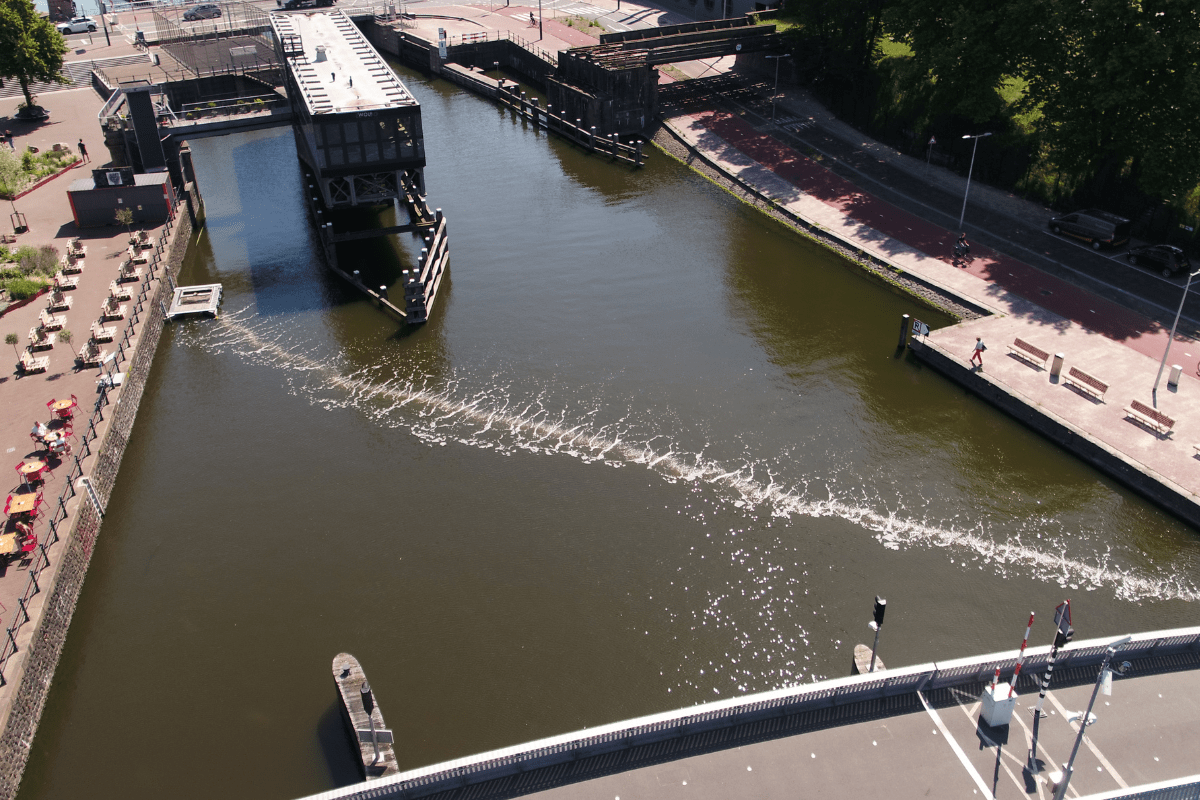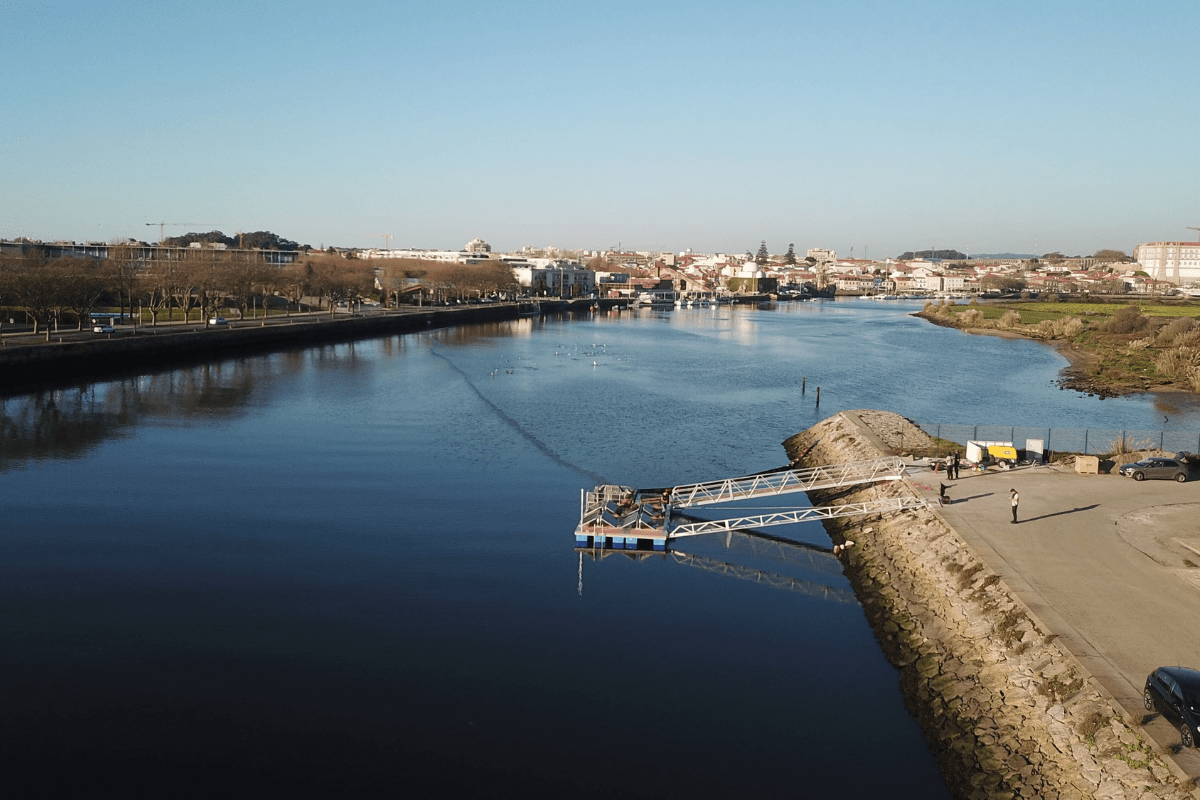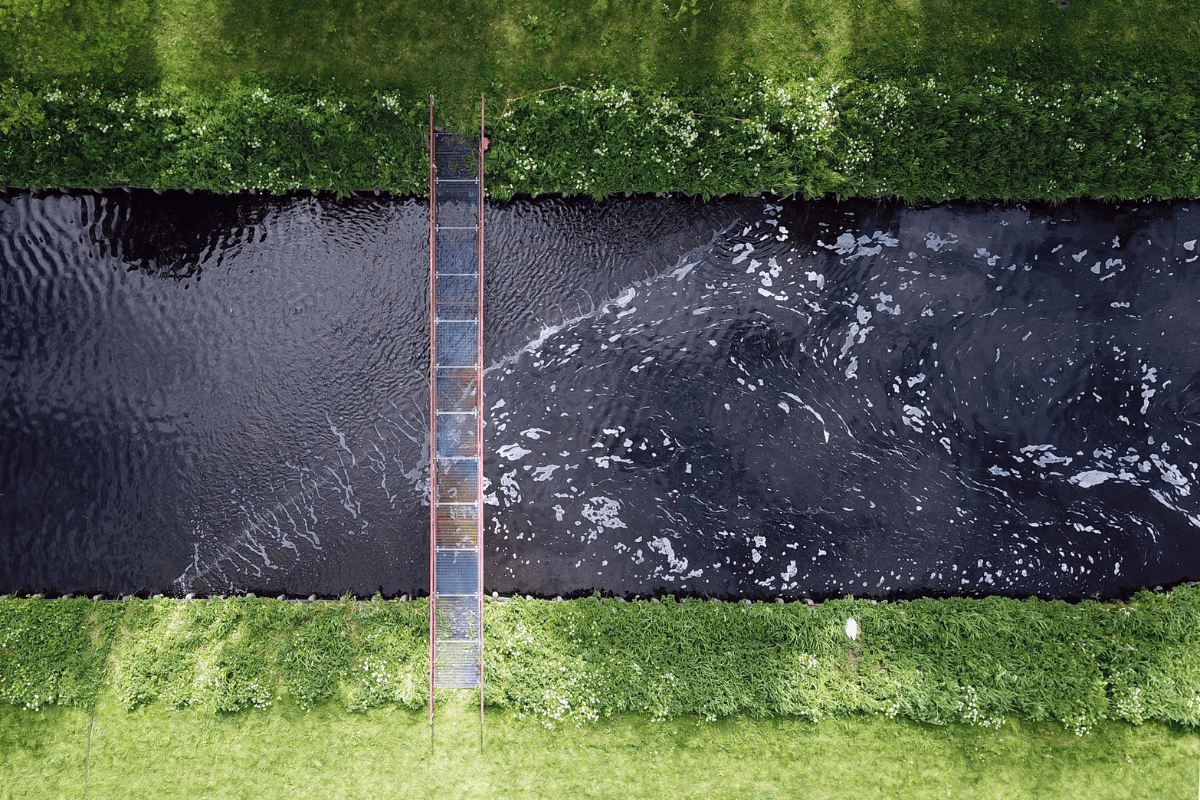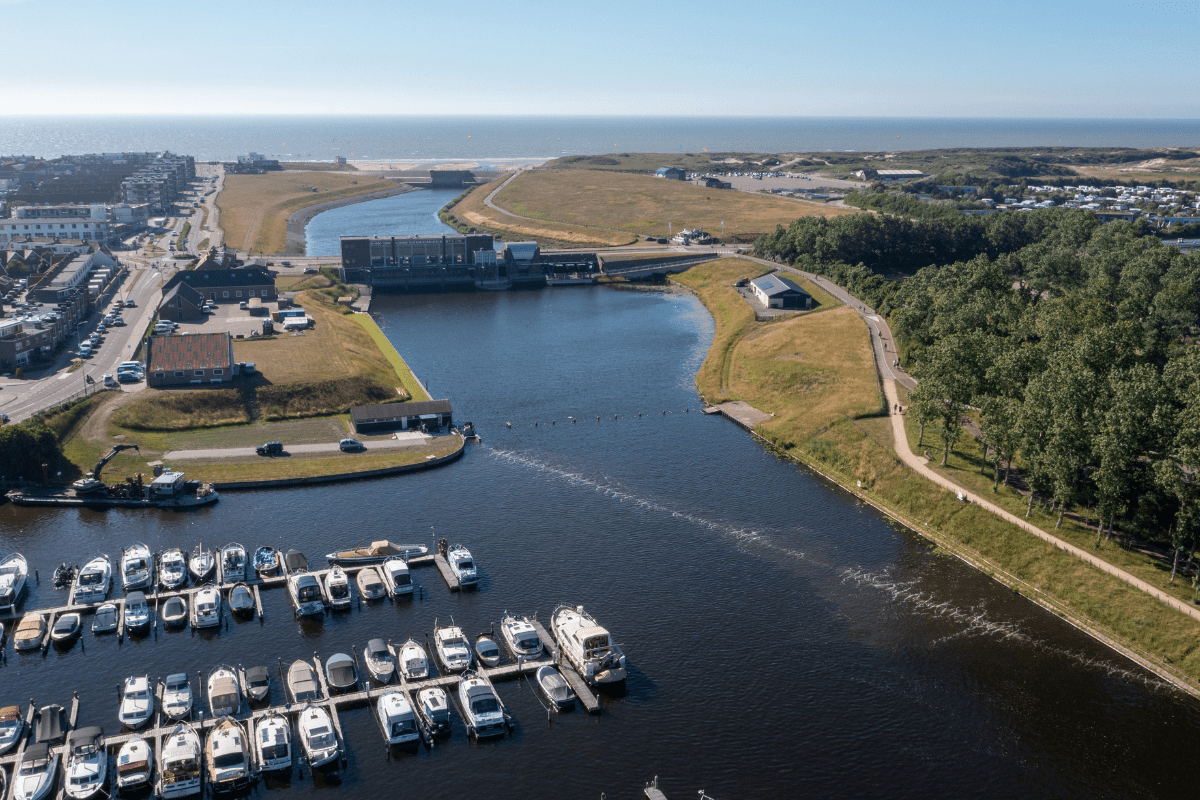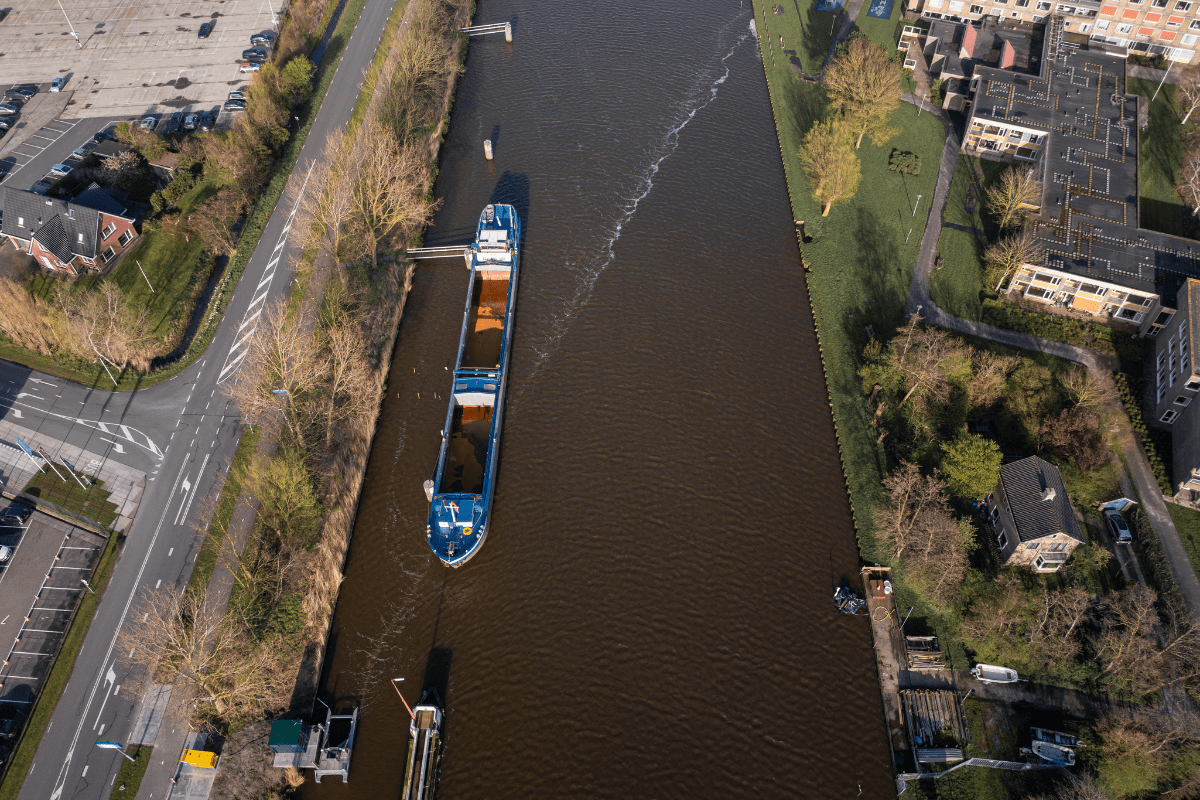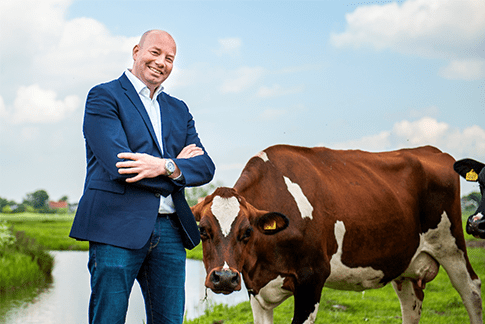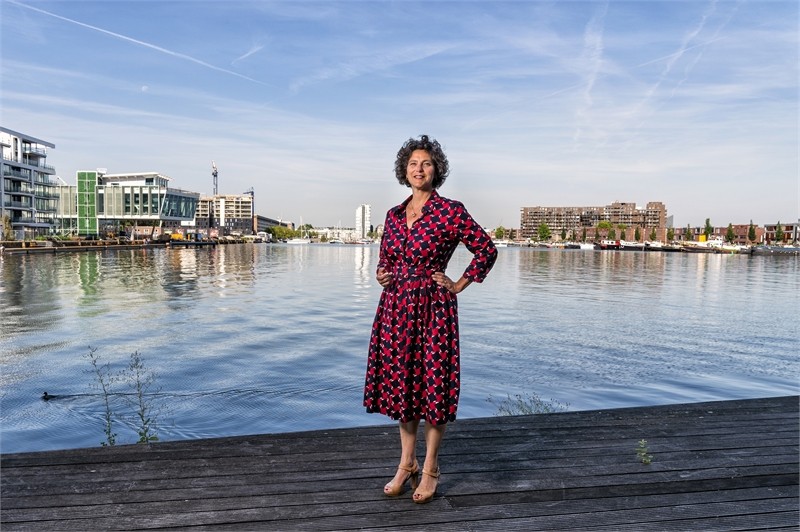Take action as a government
Catch riverine plastics and improve the local water quality
The problem of riverine plastic pollution impacts cities, water authorities and other government entities. By taking effective measures you can improve the water quality of your local area and thus bringing value to communities. You will establish your area as pioneering in the fight against plastic pollution.
ACT NOW
Start catching plastic within 6 months
Before we implement a Bubble Barrier, we carefully conduct research on the preferred location with you to ensure high quality and optimal performance. Typically, we go through the following four phases with our clients:
PHASE 1
3 months
Feasibility Study
- Locational analysis
- Collection of data
- Permit requirements
- Material requirements
- Preliminary project planning
PHASE 2
6 months
Realisation
- Final design
- Technical drawings
- Timeline determination
- Permit applications
- Assembly tailored catchment system
- Communication plan
PHASE 3
Operation & Maintenance
- Operational 24/7
- Educational purposes
- Scheduled maintenance of the system by TGBB or certified third party
PHASE 4
Monitoring & Awareness
- Train partners and local stakeholders to conduct research on the type and amount of plastic waste captured post-installation.
Are you ready to take action?
Send us an inquiry and we will get in touch with you.
VIEW MORE PROJECTS
Never enough bubbles
Get inspired by other Bubble Barrier locations!
Frequently Asked Questions
How much energy does a Bubble Barrier use?
The Bubble Barrier uses compressed air, pushed through a tube, to create the bubble curtain. The width of the waterway, and thus the length of the bubble curtain tube significantly influences the necessary energy usage. Wherever possible, we try to power our Bubble Barrier with renewable energy.
The first Bubble Barrier in Amsterdam runs on 100% green energy and has about the equivalent energy use of an electric street sweeper in The Netherlands. As each waterway and city has its specificity, the energy needed to power the Bubble Barrier system varies. Our commitment remains unwavering: a cleaner future powered by renewables is the only future we envision.
How much plastic waste of which sizes can a Bubble Barrier catch?
Bubble Barriers have a catch rate of 86% of the floating plastic pollution in a waterway.
The technology effectively catches plastics from 1 mm to 1 m in size.
Find out more about the impact of specific Bubble Barrier projects on our Impact page.
Can the Bubble Barrier capture microplastics?
Bubble Barriers can capture microplastics as small as 1 millimetre in size. They often collect tiny particles of styrofoam as part of their average catch.
Bubble Barrier Wervershoof has been installed at a wastewater treatment plant as part of a research alliance to research its effectiveness in trapping microplastics smaller than 0.5 millimetres. Further research is needed to assess how well the Bubble Barrier performs with even smaller microplastics.
What happens to the collected (plastic) waste?
Plastic caught by our Bubble Barriers is collected by the local Water Authority who in turn send it to a recycling centre. Wherever we implement a Bubble Barrier we help to ensure the waste is processed most sustainably through existing waste management systems.
For most Bubble Barrier projects, the plastic waste is sorted and monitored for a certain period to collect impact data. The types, sizes and sources of (plastic) waste are researched in these monitoring programmes. Valuable insights and data, resulting from the monitoring, can be used to strengthen the urgency to act and advocate for policy change to tackle plastic pollution in waterways. The Great Bubble Barrier and our partners use the OSPAR-river method when monitoring waste captured by Bubble Barriers. The OSPAR-river method is a riverbank litter monitoring protocol that offers a practical and standardised framework, sporting over 100 individual waste categories.
We are currently exploring with partners to recycle the collected plastics. However, as a tech scale-up, we focus on the efficacy and deployment of the Bubble Barrier technology and its catchment system. Other great innovative companies focus on sorting, identification, and recycling of river plastic only.
How are you different from other solutions?
Litter traps and booms are used around the world to clean rivers from plastics. Our Bubble Barrier system is the only solution able to cover the full width and depth of a small or medium waterway without hindering fish migration or ship traffic. Bubbles can also have a positive impact on ecosystems as they increase oxygenation levels, benefiting aquatic life.
Does the Bubble Barrier allow fish to pass?
Bubble Barriers are safe for fish migration. Most species will pass through the bubbles or take a short time before they pass it. We nevertheless implement an additional fish passage in each design under the catchment system. With every new project, the local ecological impact of a Bubble Barrier is carefully considered in collaboration with ecologists. Our latest research focused on smaller fish around the Bubble Barrier Amsterdam. This research showed smaller fish passing through the Bubble Barrier and underneath the catchment system. You can find more information on fish and their interaction with Bubble Barriers in our whitepaper.
Whales use bubble-net feeding to hunt fish. Does the Bubble Barrier have the same effect on fish?
Humpback whales use the so-called "bubble-net feeding" method to concentrate herring near the water surface. Whales use air bubbles to blow a ring around the school of fish before they jointly breach the surface and feed on the fish. Research suggests that the main driver behind the concentration of the fish is the sound that the whales make when they blow the bubble ring. The bubbles will create a “wall of sound” which scares the fish away from it rather than being afraid of the bubbles themselves. The Bubble Barrier technology is thin and silent, using tiny bubbles, which don't come as a surprise to passing fish.
What is the cost of a Bubble Barrier?
Since all rivers are different, the cost of cleaning them will also be different. Plastic pollution has an enormous and growing cost to society and the environment. Urban infrastructure, such as a Bubble Barrier, is an investment, with prices starting at 350K. The returns include cleaner and healthier water, which is beneficial for ecosystems, individuals, and the economy.
We strongly encourage governments, cities, water authorities, and waste management organisations to take responsibility for maintaining clean rivers. It is essential to prioritise the safety and well-being of citizens by ensuring rivers are clean, just as we do with our streets.
Please visit our general FAQ page for more information and questions.
TESTIMONIALS
How pioneering governments took action
Discover why governments decided to install a Bubble Barrier .
Take action
Ready to take action? Get in touch to discover the possibilities.

